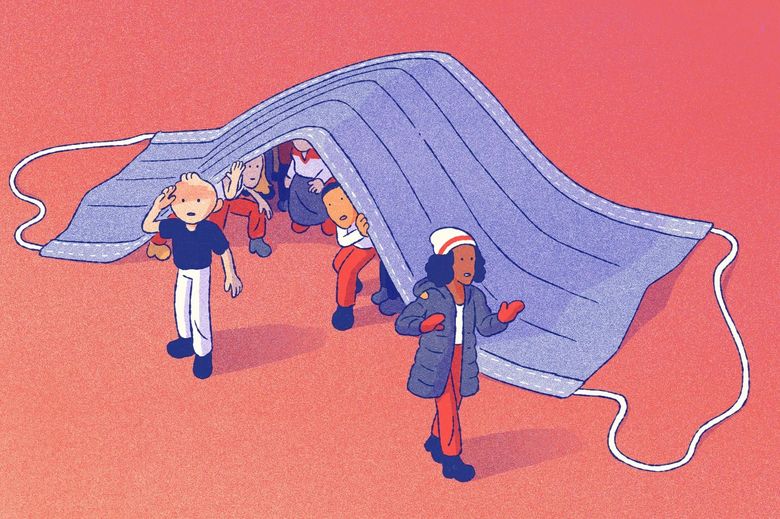LOS ANGELES — California’s theme parks and sports stadiums have been hit particularly hard by COVID-19 restrictions.
On Friday, officials offered a road map that could lead to reopening — with limits — as soon as April.
The planned relaxation of COVID-19 protocols comes as good news for Disneyland, Universal Studios, Knott’s Berry Farm and Six Flags Magic Mountain, all of which have been closed for almost a year and have pushed Gov. Gavin Newsom to allow them to reopen.
For Southern California venues, the timing remains a question. The counties with big attractions — Los Angeles and Orange — have not seen as much improvement in COVID-19 cases as other parts of the state and are not yet in the red tier, which allows for more businesses to reopen. Local officials are optimistic that both counties will advance to that tier before April 1.
Karen Irwin, president and chief operating officer of Universal Studios Hollywood, called the changes announced Friday “very exciting news.”
“We are ready to reopen, ready to bring our team members back to work, ready to help stimulate the local economy and ready to welcome guests,” she said.
Disneyland Resort President Ken Potrock added: “We can’t wait to welcome our guests back and look forward to sharing an opening date soon.”
Theme parks
Four weeks from now, amusement parks will be eligible to reopen, with restrictions, in counties that are in the red tier — the second-strictest of California’s four-category reopening road map.
Capacity: For parks in counties in the red tier, capacity will be limited to 15%; the cap rises to 25% once a county progresses to orange and 35% upon reaching the most lenient tier, yellow.
Restrictions: Officials said attendance will be limited to in-state visitors. Other restrictions will include no indoor dining and limits on indoor rides; details on those were still being worked out.
Outdoor sports/live events
Outdoor sports — with fans — and live performances also will be allowed to resume April 1, subject to the restrictions.
Capacity: For counties in the strictest tier, purple, capacity will be limited to 100 people or fewer, and attendance will be regionally limited. Advance reservations will be required, and there will be no concession or concourse sales. In the red tier, capacity will be limited to 20%, with primarily in-seat concession sales. The capacity limit will rise to 33% for counties in the orange tier and 67% for those in the yellow.
Restrictions: Attendance will be limited to in-state visitors in the red, orange and yellow tiers.
Timing
Counties that have entered the red tier include Santa Clara, home to California’s Great America theme park.
Los Angeles and Orange counties are close to entering the red tier. To enter that tier, generally speaking, a county must hit an adjusted average daily coronavirus case rate of no more than 7 new cases per day per 100,000 residents.
This week, L.A. County reported an adjusted daily case rate of 7.2; last week, it was 12.3, and the week before, 20. The case rate for Orange County was most recently calculated at 7.6. Last week it was 11.9, down from 20.7 the week before.
Under existing rules, L.A. and Orange counties are at least two weeks away from entering the red tier.
But new rules are set to go in place within two weeks that may accelerate that timetable. How soon that happens depends on when California can administer an additional 400,000 vaccinations to people living in the state’s lowest-income areas, a move that will trigger a broad relaxation of the opening criteria.
When that happens, the threshold to enter the red tier will be lowered to a daily case rate of 10 per 100,000 residents — which L.A. and Orange counties have already reached. As a result, there is a plausible scenario in which L.A. and Orange counties could enter the red tier as soon as mid-March.
